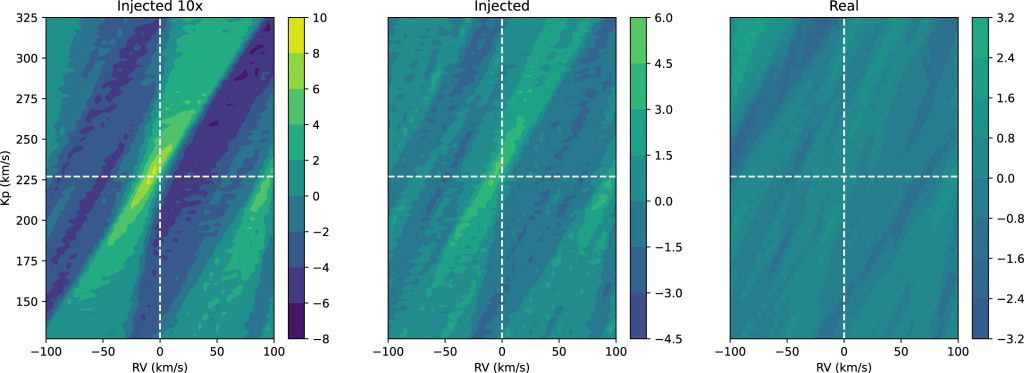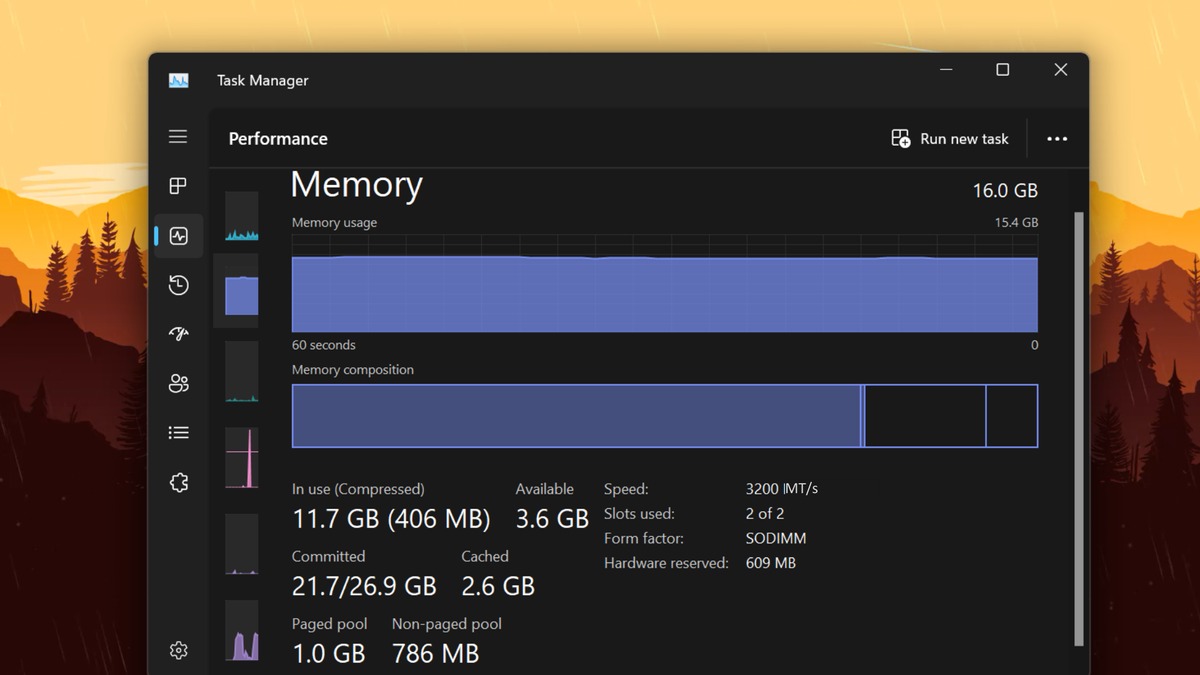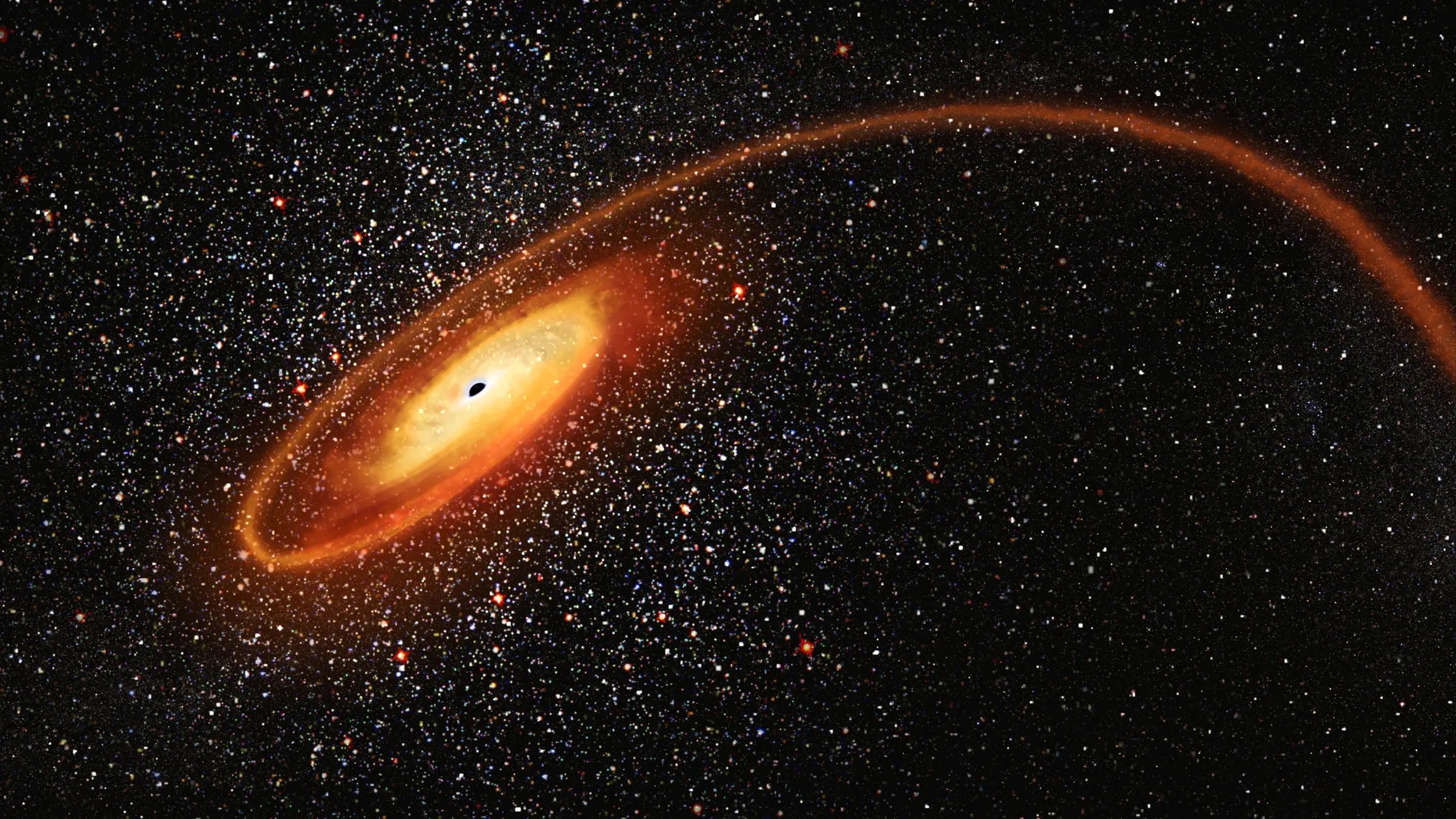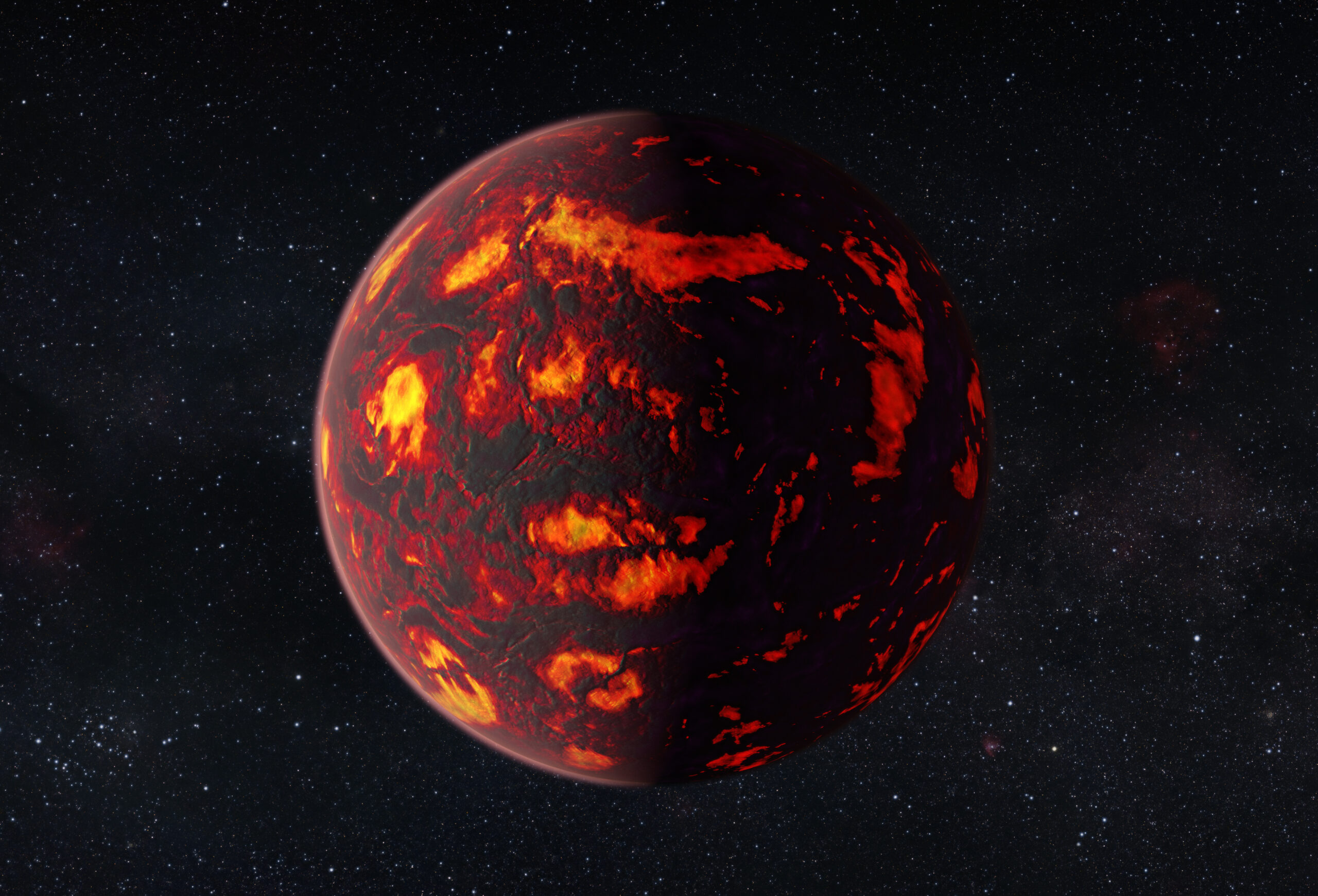Let’s imagine that we are standing on a small rock, surrounded on all sides by hot lava! A huge star looms above us, covering almost the entire sky. Let’s take a deep breath! What is this smell? What’s in the air? No one has ever been to such a place, but astronomers are making more and more progress in answering these questions using ground-based instruments.
Worlds beyond imagination
We live in an age of wonders: we are discovering more and more planets outside our solar system, and we are just wondering what these alien worlds might be like. Astronomers dealing with exoplanets have demonstrated in recent years that science fiction authors have underestimated the universe: among the first 5,000 exoplanets discovered, there are many planets orbiting not one, not two, but three stars; Some are as delicate as cotton candy; Even those whose clouds are made of stone. All of them are suitable for evaluating our planet and studying the conditions of planetary formation in our galaxy.
In 2004, a since-famous extreme exoplanet was discovered, which had a mark of 55 Cancri e. In some ways it is similar to our planet. It is slightly larger than Earth (about twice its radius), is probably quite rocky, and has a slightly higher density than Earth. The similarities end when we find out where the exoplanet is: it barely touches the surface of its star and orbits in just 17 hours. It is so close to it that when looking from its surface we see only the star in almost the entire sky. In fact, we would be standing inside lava, because the surface temperature is so high that it melts the outer crust.
Astronomers have been fascinated by this molten world, and over the past 20 years or so several research groups have tried to evaluate its properties. Unfortunately, it’s not easy to study something as small as this planet, which is 41 light-years away. According to current estimates, the exoplanet’s surface pressure may be approximately the same as Earth’s. 1.4 bar, but that’s the size of a deep sea dive. However, progress has been made, and recently, for the first time, it has become possible to examine the emission spectrum of 55 Cancri e using a highly sensitive instrument.
New notes
University of Washington researchers Caitlin Rasmussen and the Miles Curie team used an exceptionally sensitive spectrometer, the MAROON-X instrument, to monitor elements in the atmosphere of 55 Cancri e. However, before starting to analyze the data, they first identified elements that could be detected at all, if they existed. Not in vain: although in theory, magnesium, silicon oxide, sodium, potassium, water and carbon dioxide could be present in some combination in the atmosphere, researchers have come to the conclusion that the available data are not accurate enough to verify their presence. However, it is possible to detect iron: if there is a bit of iron floating above the magma ocean, MAROON-X can smell it.

Confident in their ability to detect iron that might be present, the researchers turned to real data and found very little iron in the atmosphere. Thus, it can be said with certainty that 55 Cancri e does not have a thick iron atmosphere, and the wider astronomical community has received the first high-resolution emission spectroscopic database of what might be occurring in the atmosphere of this fiery world. This won’t be the last survey: the exoplanet 55 Cancri is also among the targets of the James Webb Space Telescope. We can’t help but repeat what exoplanet researchers often say: To better understand this strange world, we’ll have to wait until the James Webb Space Telescope takes its turn to examine it.
Report results Technical material It was published in the Astronomical Journal.
source: AAS Nova
comment







































